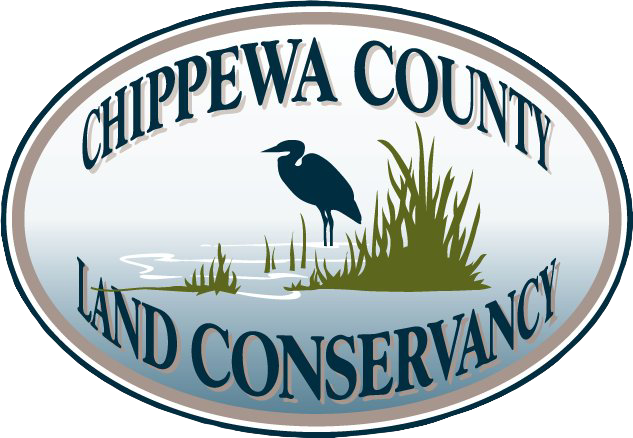About us
Our mission
We are committed to our mission of preserving treasured lands and protecting vital habitats and greenspaces forever for the benefit of current and future generations.
What do land trusts do?
Preserve land forever
Manage and improve preserved lands
Offer alternatives to land development
Protect ecosystems from climate change
Prevent groundwater pollution
Educate the public about conservation
Connect people with nature
Collaborate with other organizations
Ensure greenspaces in future landscapes
Provide future generations with at least the natural resources and scenic beauty we have now
Our story
In 2000 a small group of local people with a passion for land conservation started exploring how to preserve a beautiful, undeveloped 52-acre wetland and pine forest near downtown Chippewa Falls, Wisconsin. After learning about other land trusts, we incorporated Chippewa County Land Conservancy (CCLC) as a land trust (a 501(c) (3) non-profit conservation organization) in 2001.
We named our first preserve after its donor, Joseph W. Joas. The 52 acre parcel officially became Joas Park Nature Preserve in 2011.
As we expanded our capabilities and knowledge, our portfolio of protected lands grew. CCLC owns seven properties and maintains six conservation easements on private land. To date, we’ve protected nearly 1,400 acres throughout Chippewa County. We also partner with federal, state, and local programs to further our conservation work.
Joas Park Nature Preserve
FAQ
How do land trusts work?
A land trust or conservancy is a non-profit, tax-exempt organization that conserves land. Land trusts work with landowners, communities, and other conservation organizations to acquire and protect undeveloped lands through donation, purchase, or conservation easements. Overseeing the land trust is a board of directors. Our land trust is run entirely by volunteers, but some other land trusts have paid staff. There are 50+ land trusts in Wisconsin and 1,700+ throughout the US.
Where does CCLC receive funding from?
CCLC receives conservation funding from members, donors, foundations, and grants. Our annual reports, below, provide further financial information. Our members are essential to continuing our work of conserving nature in Chippewa County into the future. Please consider joining us!
Is the land open to the public?
Preserved lands owned by CCLC are open for public use. Click here to see these properties. Properties conserved by CCLC through conservation easements are privately owned and not accessible by the public.
What is a conservation easement?
A conservation easement is a legal agreement between a landowner and a land trust that permanently limits development on the land. The property remains in the ownership of the landowner and is typically is not open to the public. It is an alternative to donating land that protects the land forever.
How can I protect my land?
Thanks for your interest! Please visit our Join Us page, and fill out the Donate Land form. We’ll be in touch soon to discuss your options.
What is the indigenous history of Chippewa County?
Chippewa County, established in 1845, is named after the Ojibwe, Anishinaabe people whose territory included much of northern Wisconsin and the lands surrounding Lake Superior. While Chippewa is the name on US government treaties, Chippewa is an anglicized version of the native word Ojibwe. People belonging to the six Ojibwe / Chippewa bands in Wisconsin refer to themselves as Ojibwe. More information about indigenous history is here, here, and here.
Board of Directors
Richard Smith - President
Jeff Brown - Vice President
David Nashold - Secretary
Jeff Brown - Interim Treasurer
Sherry Jasper
Kathy Mehls
Caleb Meyer
Alison Sazama
Dan Simonson
Financial reports
Newsletters



